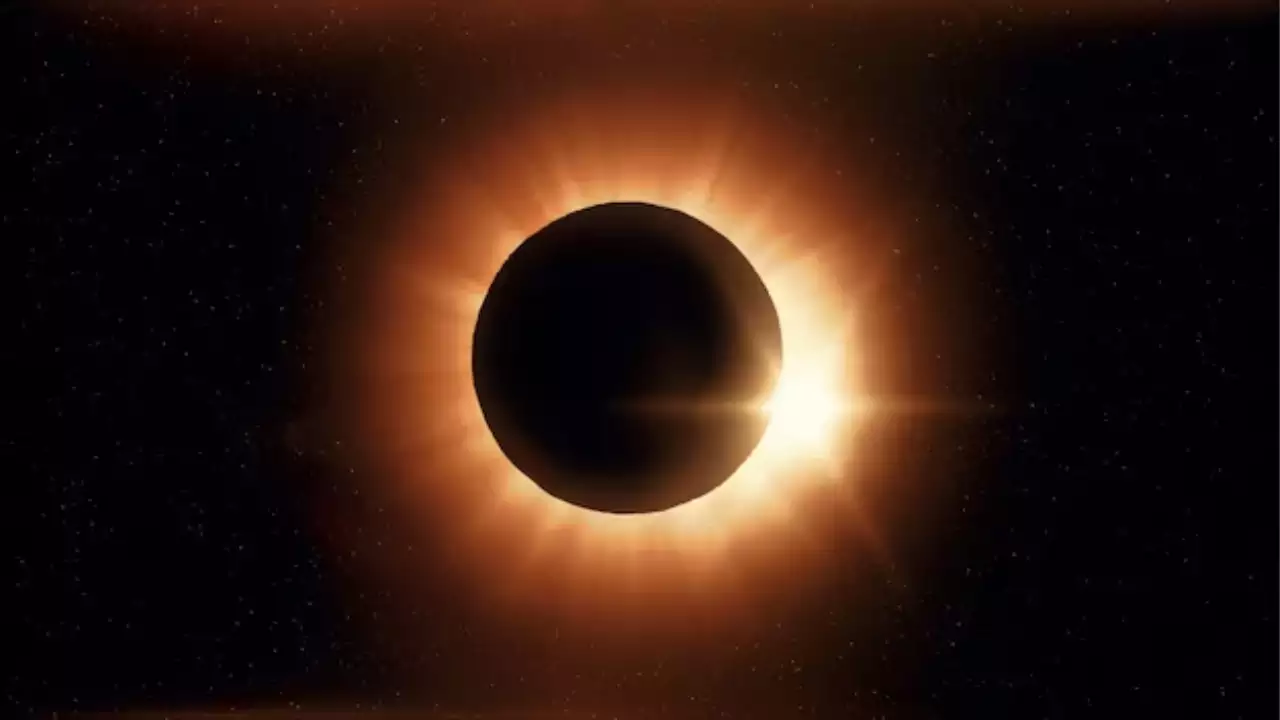
Embracing Cosmic Beauty:
On October 14, 2023, get ready to witness a celestial wonder as an annular solar eclipse graces the heavens. This breathtaking event occurs when the moon gracefully glides in front of the sun, creating a mesmerizing spectacle in the sky. Unlike total solar eclipses, during annular eclipses, the Moon doesn’t entirely obscure the Sun, leaving a dazzling ring of sunlight, known as the “ring of fire,” to encircle the Moon.
A Path Across Continents:
This celestial spectacle won’t be hidden from the world; it’s set to unfold its splendor on a narrow path that stretches across continents. North America, Central America, South America, and Africa are all poised to witness this captivating event. The eclipse will embark on its journey in the Pacific Ocean, near the coast of Mexico, and bid its adieu in the Atlantic Ocean, near the coast of Africa.
Countries in the Solar Eclipse’s Embrace:
Countries in the Solar Eclipse’s Embrace:
The path of the annular solar eclipse will take it through a diverse array of countries, including:
- Mexico
- Belize
- Honduras
- Guatemala
- Nicaragua
- Costa Rica
- Panama
- Colombia
- Ecuador
- Peru
- Brazil
- Angola
- Democratic Republic of the Congo
- Zambia
- Zimbabwe
- Botswana
- Mozambique
- South Africa
A Celestial Double Feature:
The annular solar eclipse of October 14, 2023, marks the second solar eclipse of the year. The first was a partial solar eclipse that graced the skies on April 20, 2023.
Safely gazing at the cosmic dance:
While the allure of a eclipse is undeniable, it’s crucial to approach it with caution. Staring directly at the sun, even during an eclipse, can have severe consequences, including eye damage and even blindness.
Safe viewing methods:
To safely witness the annular solar eclipse, consider the following methods:
- Eclipse Glasses and Solar Filters: Acquire specialized eclipse glasses or a solar filter designed for safe solar viewing. These can be obtained from reputable stores or online sources.
- Indirect Viewing: Opt for indirect viewing by projecting the sun’s image onto a screen using a telescope or binoculars equipped with a solar filter.
Safety First:
When it comes to observing the annular solar eclipse, prioritize safety with these precautions:
- Never gaze directly at the sun, even during an eclipse.
- Utilize eclipse glasses or a solar filter for safe viewing; sunglasses or regular binoculars are not suitable for this purpose.
- Avoid looking at the eclipse through a camera or other optical devices without a solar filter.
- If you have children with you, supervise them closely during eclipse viewing to ensure their safety.
The annular eclipse is a rare and awe-inspiring celestial phenomenon. By adhering to these safety guidelines, you can savor this celestial dance in all its grandeur while protecting your eyes from harm.






1 COMMENTS